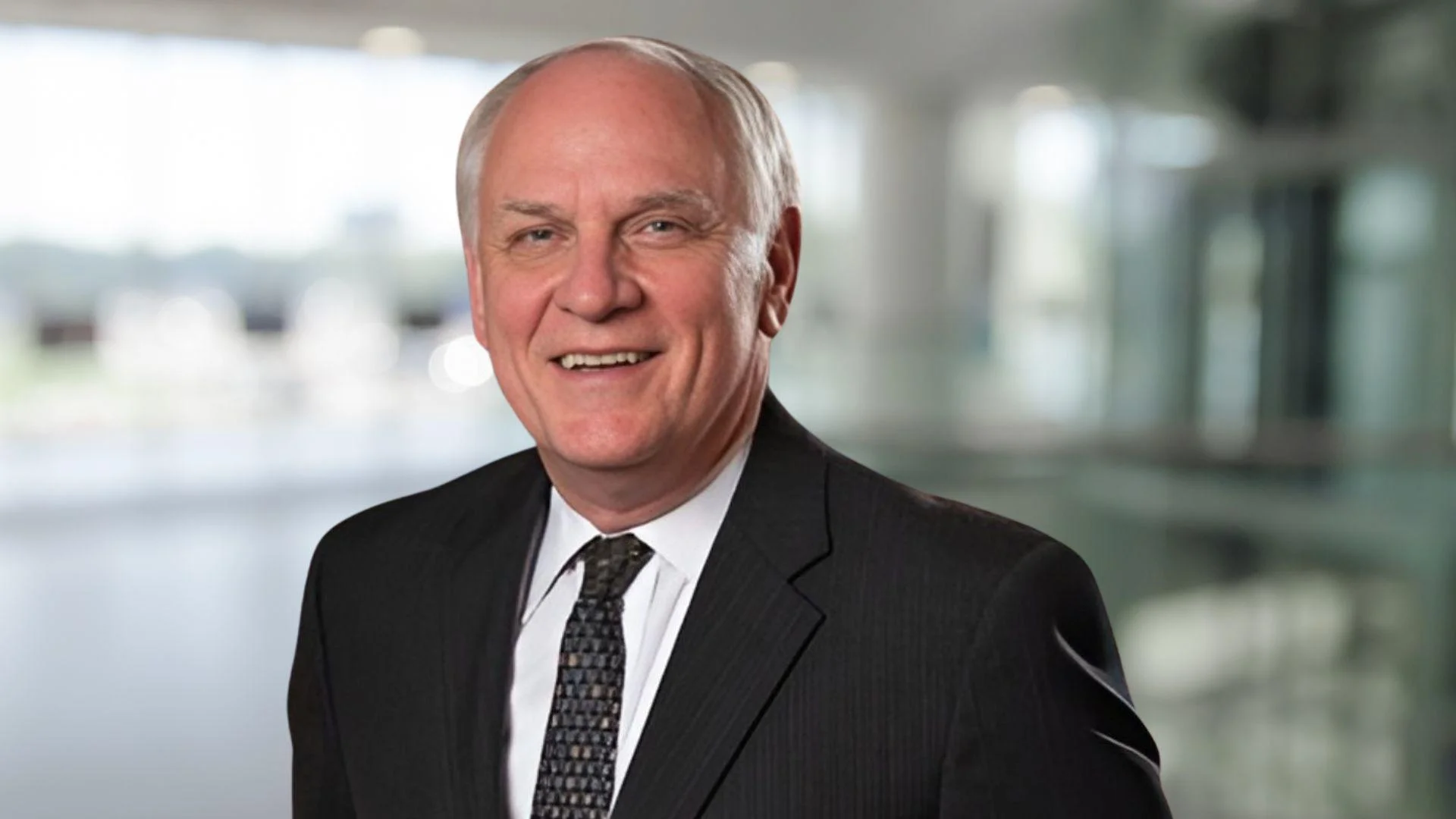Beegoo said one of the ordered aircraft is already in final assembly and will be delivered soon. There remains “room for maneuver” regarding the other two A350-900s, each valued at around Rs 10 billion ($216 million). “Discussions have been initiated with Airbus to review the order configuration. The objective is clear: to replace these two large aircraft with aircraft better suited to our current operational reality, whether they are latest-generation single-aisle aircraft or long-haul aircraft with lower capacity but more versatile,” Beegoo said.
If negotiations succeed, Air Mauritius intends to seek alternative aircraft options aligned with its regional and international network needs while aiming for more profitable investments and stricter control over ownership and operating costs.
Currently, Air Mauritius operates a fleet of 12 aircraft averaging 12.4 years old. More than half are widebodies: four Airbus A350-900s, two Airbus A330neos, and two Airbus A330-200s; the rest are ATR regional turboprops.
In his interview, Beegoo did not specify which types might replace the two remaining A350 orders. The decision will depend on network requirements as Air Mauritius flies nonstop to 13 destinations worldwide across Africa, Europe, India, the Middle East, and Australia.
The airline has faced financial difficulties for over a decade—worsened by the COVID-19 pandemic—but under new leadership since January 2025 aims to return to profitability by fiscal year 2026/2027. In the first quarter of 2025/2026 (April–June), Air Mauritius reported a net profit of MUR 252.7 million ($5.4 million), its best first-quarter result in nine years as passenger revenues rose from MUR 5.6 billion ($121 million) last year to MUR 6 billion ($130 million). Passenger numbers increased by nearly one percent compared with last year.
This performance was achieved despite several operational setbacks during the quarter—including one grounded A330neo for eight weeks out of thirteen and twenty-four Aircraft on Ground incidents causing high maintenance costs and disruptions—alongside rising competition on key routes.
 Alerts Sign-up
Alerts Sign-up




































